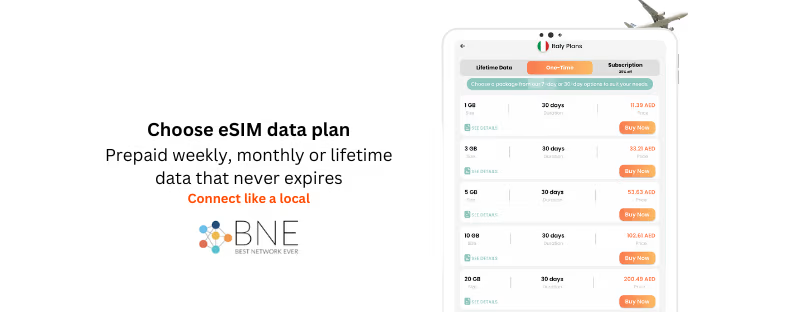
Roaming to Reach 2 Billion by 2030
Will your customers still love you when they’re roaming? is an infographic made by Syniverse Technologies about the ways operators should monetize roaming and retain high-value subscribers. Silent roamers
By 2030, according to the World Tourism Organization, the number of international tourist arrivals is projected to double, reaching more than 1.8 billion.
Global roaming subscriber growth is expected to increase from 634 million in 2015 to 922 million in 2020.
READ MORE: 308% increase in mobile data volumes since EU roaming charges banned in June
As Syniverse noticed, telecom customers are traveling more than ever, and their expectations for mobile are higher than they’ve ever been. It’s critical that operators provide the best roaming experience. Secret can be, as Syniverse reports, in the way you can convert your silent roamers.
‘Silent roamers’ are users who don’t use voice and data services while roaming. The firm estimates that silent roamers accounted for 71 percent of mobile roamers in 2015 but declined to 67 percent by the end of 2016. Juniper predicts that the figure will drop further, to 53 percent by 2022, as operators target the segment more aggressively.
One of the worst possible operators’ reactions is – ignoring!
Contextually delivered, compelling, personalized mobile offers that encourage mobile usage and
feeling that users have control can enhance the roaming experience a lot.
Giving the user options based on how they want to use their service:
- – Where they’re going to use it – regional plans
– How much they want to use – duration or volume plans
– What they want to use – content preference-based plans (e.g., Facebook)
READ MORE: The end of roaming is expensive for Belgian companies: 15% higher bills
With monitoring options and usage alerts, it will ultimately boost roaming margin.
In July, Juniper Research found that global mobile roaming revenues would drop by 11 percent this year, due in part to a 33 percent drop in European roaming revenues stemming from the EU “Roam Like at Home” regulations.
Part of the recouped revenues come from operators in the United States, Europe, and the Far East introducing unlimited roaming data plans. Silent roamers










